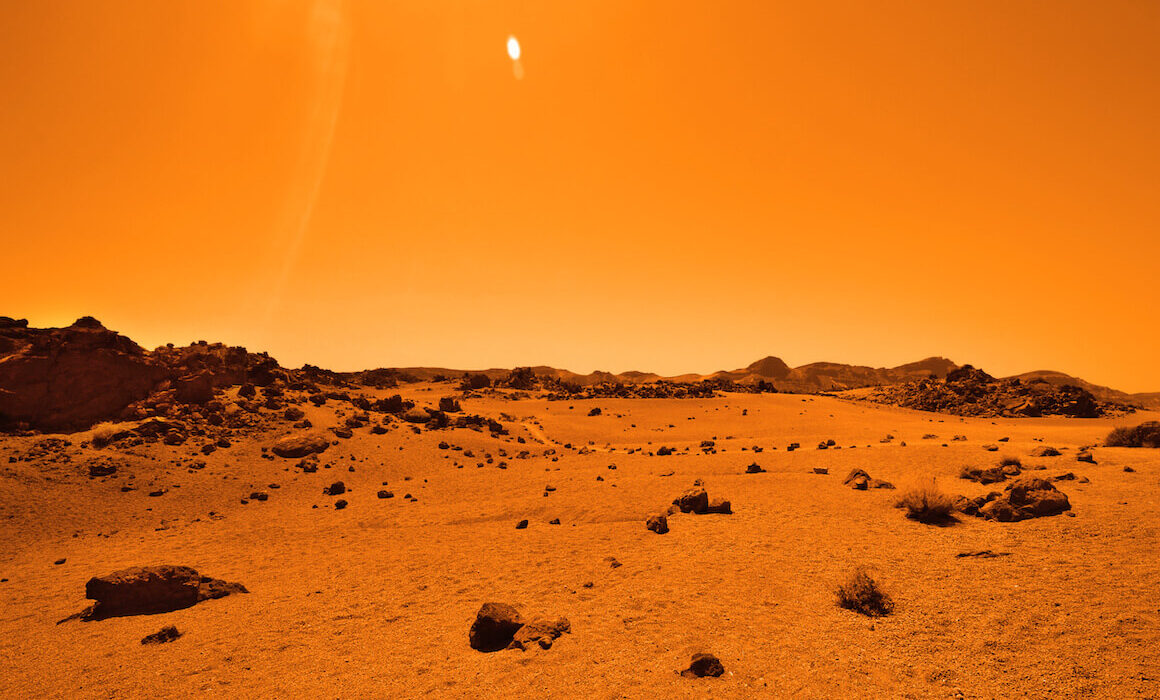
Mars is one of the most explored components of the solar system, yet there are always more discoveries to unveil on Earth’s planetary neighbor. On Earth we are able to take direct measurements to understand our planet’s meteorological activities, but on Mars scientists must use evidence in the landscape to discern this information instead.
One such feature of the red planet’s landscape are barchan dunes in deserts, crescent-shaped sand dunes formed by wind patterns predominantly in one direction in areas with a limited supply of sand. Such aeolian-derived dunes are significantly impacted by the atmospheric circulation on the planet’s surface, with new research published in Geophysical Research Letters finding that localized topography at scales <100km (such as deep impact craters from rocky or icy meteorites) can deflect winds and cause changes in barchan dune formation.
Dr. Lior Rubanenko, Assistant Professor at the Technion—Israel Institute of Technology, and colleagues used machine learning to characterize Mars’ wind patterns based upon the morphology of more than 700,000 barchan dunes. This data was obtained from images taken by a specialized camera on the Mars Reconnaissance Orbiter, a spacecraft that has been orbiting the planet since 2006 to collect information on its geology and climate.
Keep reading at phys.org.